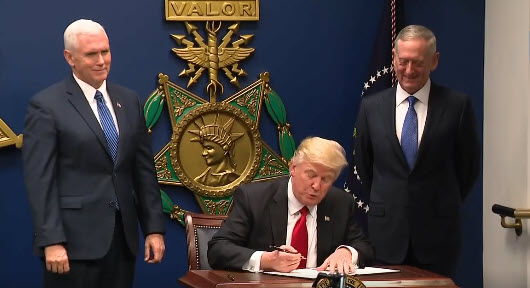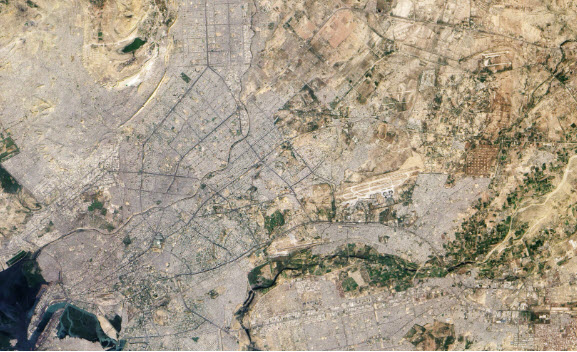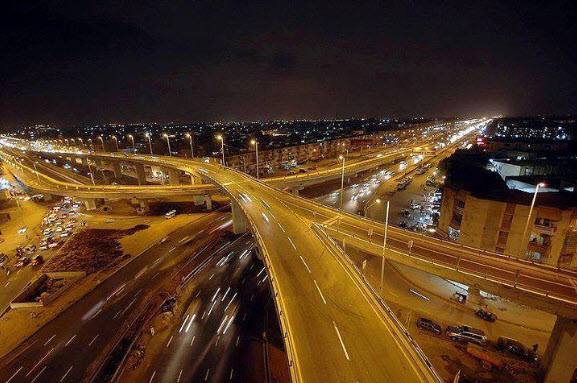
By Rachel Cassidy, Fatima Habib, Shehryar Nabi, and Simon Quinn
There is growing evidence that increasing women’s income not only empowers them as individuals, but also improves the welfare of their families. This is because women tend to spend more than men on education and the physical well-being of children. Investments in children have important implications for social development outcomes such as stunting and education, both of which Pakistan performs poorly on compared to other countries in the region.
Many development interventions are hence increasingly focused on improving women’s access to finance. Pakistani organizations such as Kashf Foundation and the National Rural Support Program have given microloans to women for expanding their businesses and providing education and nutrition to their children.
Key to designing effective micro-lending schemes is understanding how women save money. Studies suggest that both men and women are tempted to spend money instantly even if they desire to save for the future. This is also known as having a “present-bias” or “self-control” problem. If present-biased business owners direct more money to consumption rather than saving and investment, they do not accumulate the capital necessary for their businesses to flourish.
“Commitment savings” products attempt to solve this problem by committing users to saving small amounts of money overtime to build long-term capital. Such products can be implemented in different ways. For example, regular deposits can be made into a savings account, or money can be withdrawn from the account only after a specified date. Uptake of commitment savings products has been high among women. However, research shows the impact of commitment savings is mixed: Some recipients experience large benefits, but usage and re-adoption rates are low, and some recipients even lose money.
Why would commitment savings – a product now popular with banks and NGOs – be inappropriate for some individuals? A study supported by the International Growth Centre (IGC) suggests that the “self-control” problem commitment savings products try to correct for may have been overstated among low-income women.
Researchers (Rachel Cassidy and Simon Quinn) tested this idea by interviewing 530 female microfinance borrowers in Punjab’s Sargodha district twice, with each interview spaced two weeks apart. The women were asked to indicate their demand for commitment savings products, report how much income they expected to earn and how much they actually earned, and perform activities designed to measure self-control. A participation fee was paid randomly to see how an influx of cash affected women’s savings overtime and performance on self-control tests. Half of the women were also interviewed before the wheat harvest, and the other half after the harvest, to understand how women’s responses were affected by the profits made during the harvest.
If self-control problems were a major factor in driving low savings, it was expected that women would show evidence of these problems whether or not they received a payment, and whether they were interviewed before or after the harvest. But the researchers found the opposite was true. Women appeared to have fewer problems with self-control if they were paid at the first interview, or interviewed after the harvest. This suggests that what might look like self-control problems may actually be women’s rational responses to changes in their cash flow over time.
Self-control also had no correlation with women’s demand for commitment savings products. However, demand was much higher after the wheat harvest, indicating that greater financial security may increase uptake of commitment savings. Women also preferred plans with fixed start and end dates over choosing their own timeline. Again, this suggests that women’s saving choices may be more rational than previously thought: When there is less money available, they prefer to keep it to themselves rather than risk committing scarce funds to a savings plan.
The study has important implications for how microfinance can be harnessed to improve social outcomes.
First, it would be unwise to design commitment savings products purely around self-control. Other strategies such as reminders to save and dealing with external constraints – such as spouses or relatives demanding money meant for saving – should be explored further.
Second, varying preferences for how commitment savings products are structured highlights the importance of making them flexible to women’s needs. Time matters a great deal here, as the study shows preferences are sensitive to seasonal changes.
Finally, it would be fruitful to examine other potential drivers of savings problems, particularly for women. More experimentation with different types of savings products is also needed, for example harnessing new technologies to give women greater control over their resources and providing more opportunities to save even for saving products in which money is easily accessible. This increased autonomy may enable female business owners to better allocate their savings towards their businesses as well as their children’s health and education.
Rachel Cassidy is a PhD candidate in Economics at Oxford University.
Fatima Habib is a research associate at the Consortium for Development Policy Research
Shehryar Nabi is a communications associate at the Consortium for Development Policy Research.
Simon Quinn is an associate professor of Economics at Oxford University.














 Hina Shaikh and Ijaz Nabi
Hina Shaikh and Ijaz Nabi
